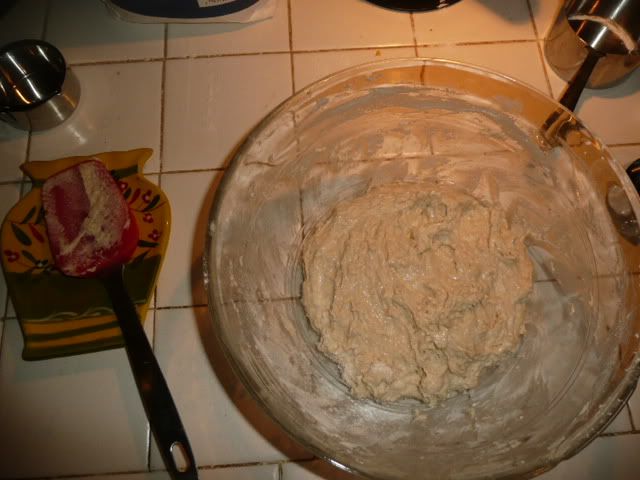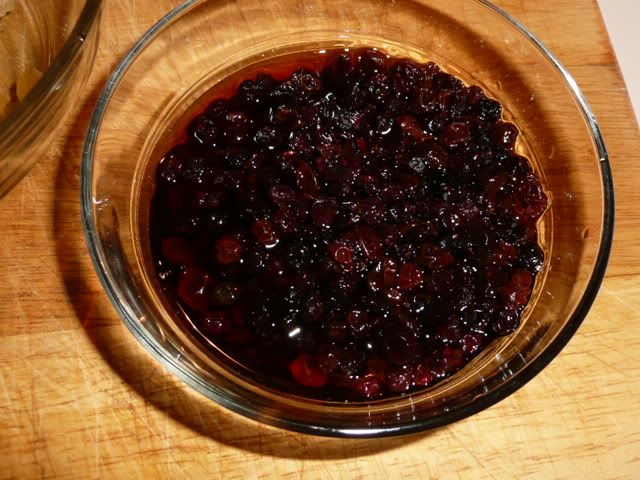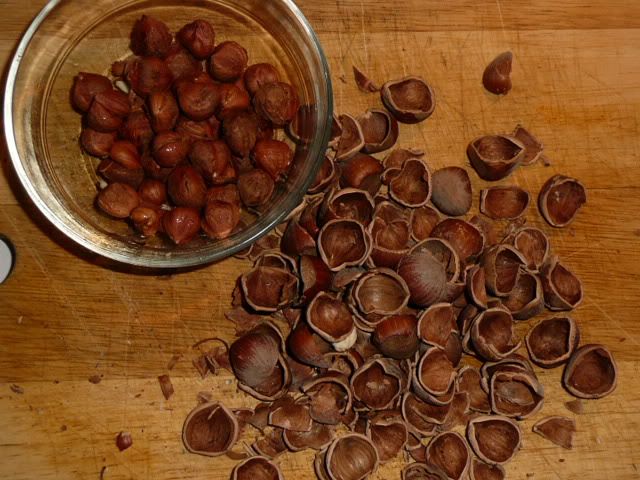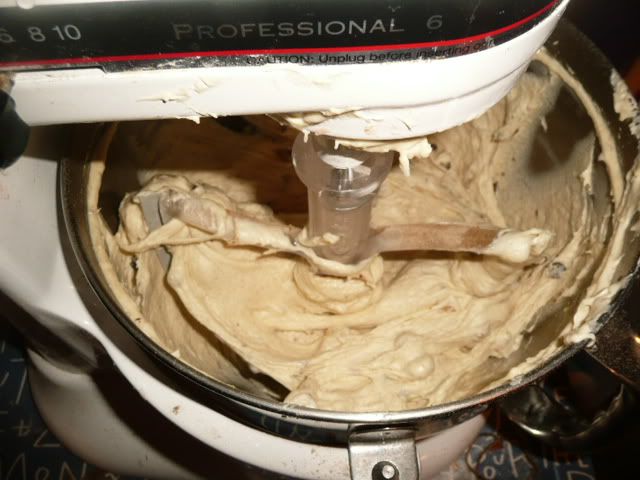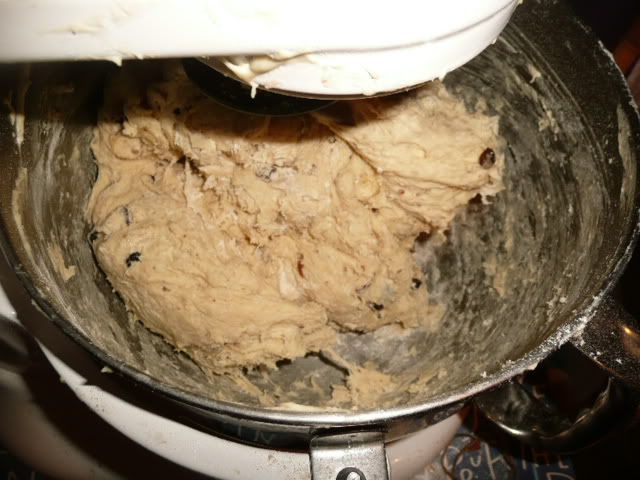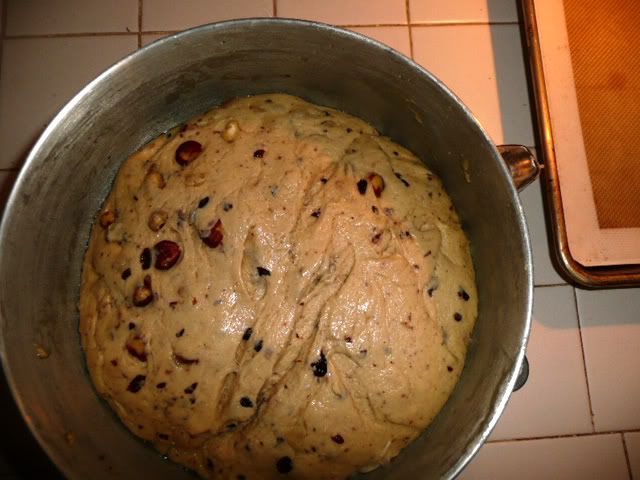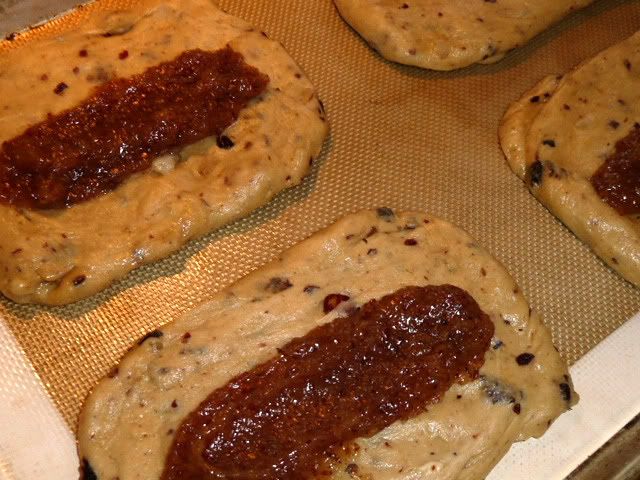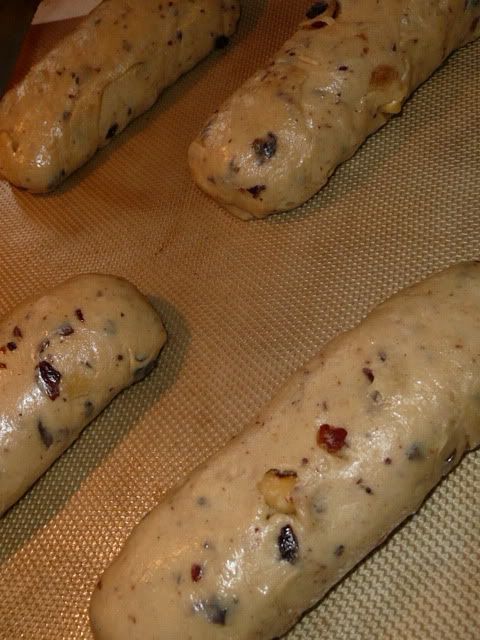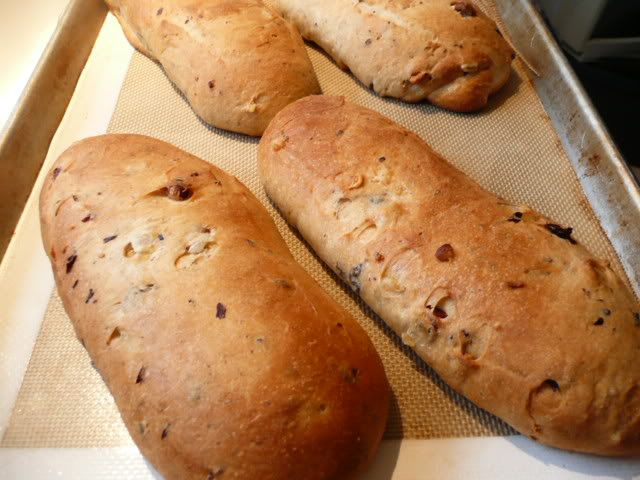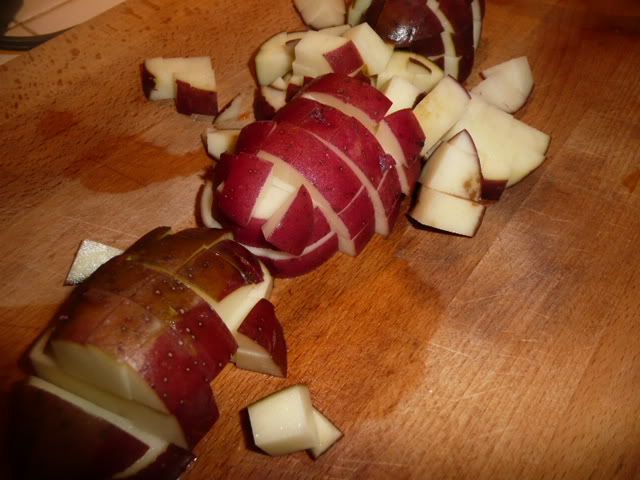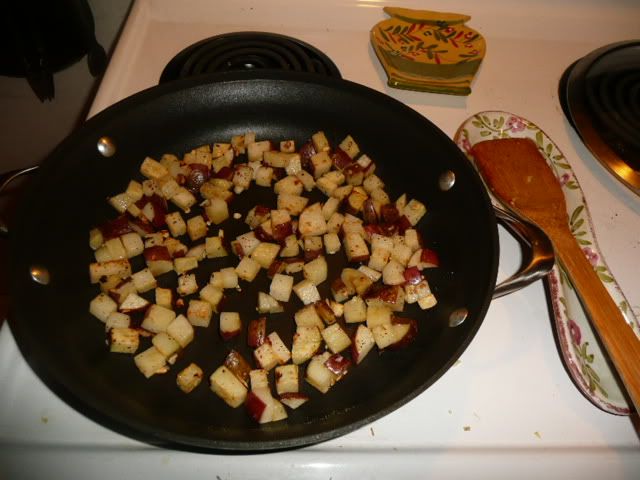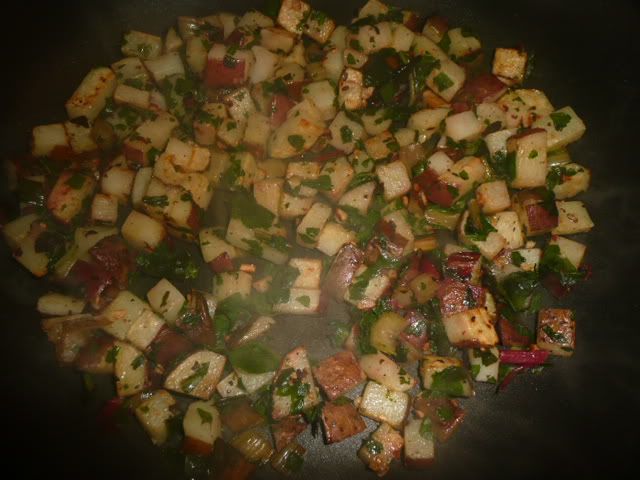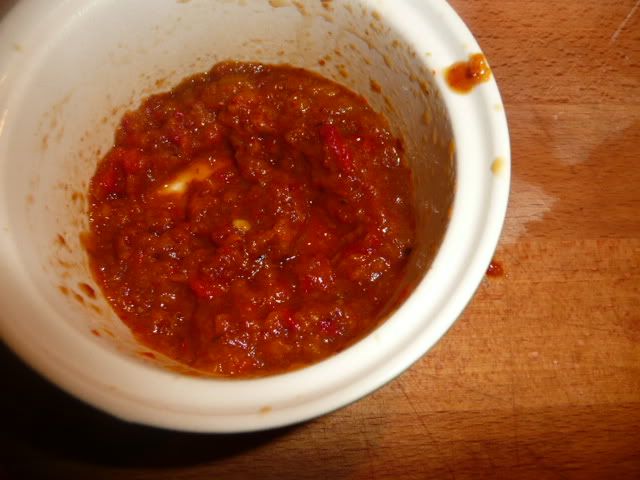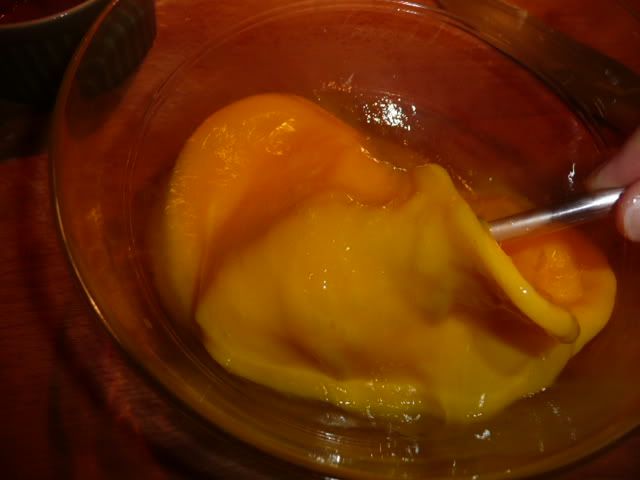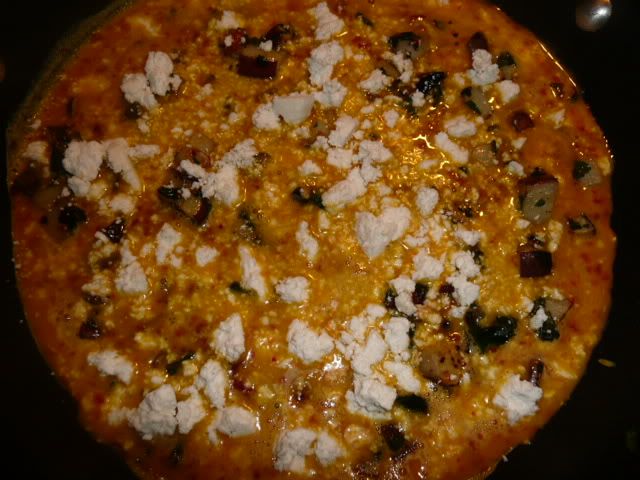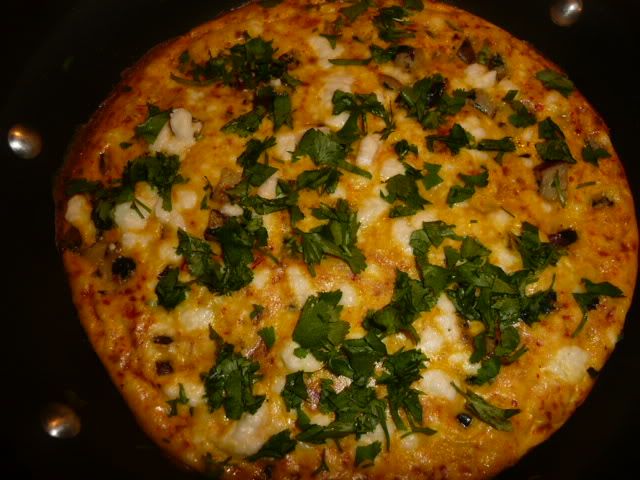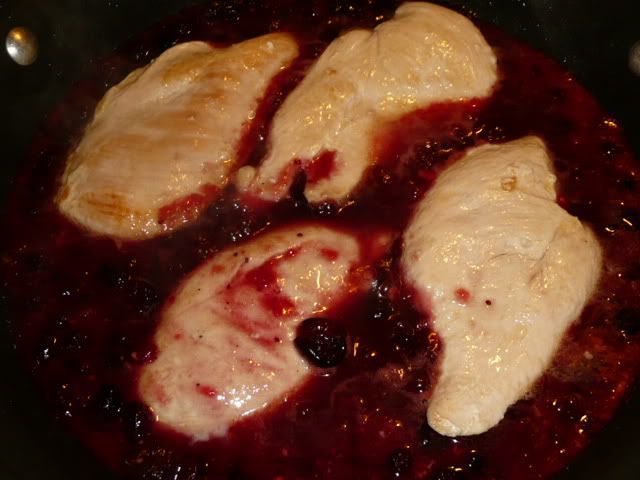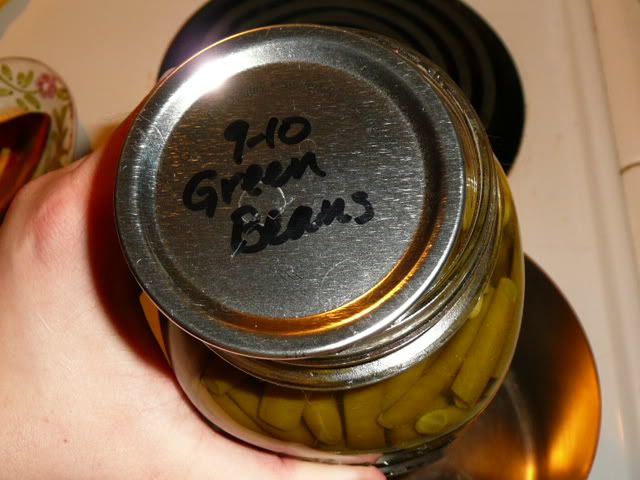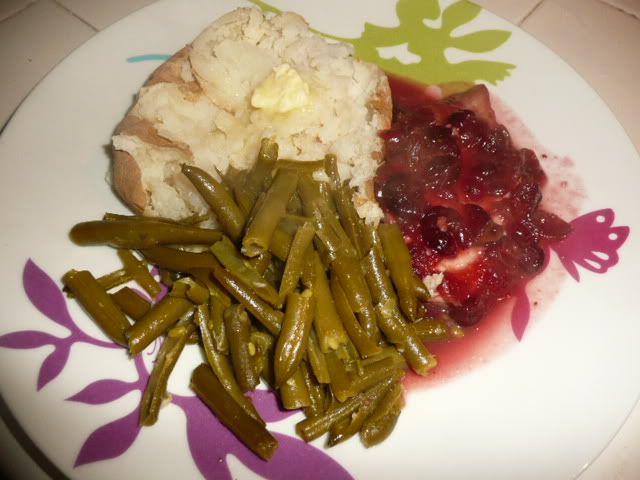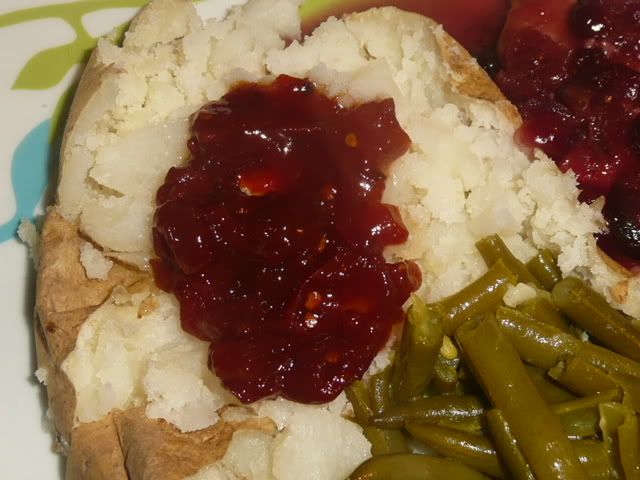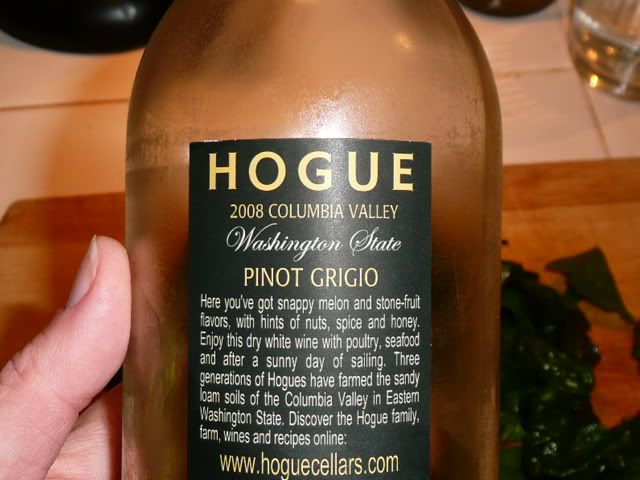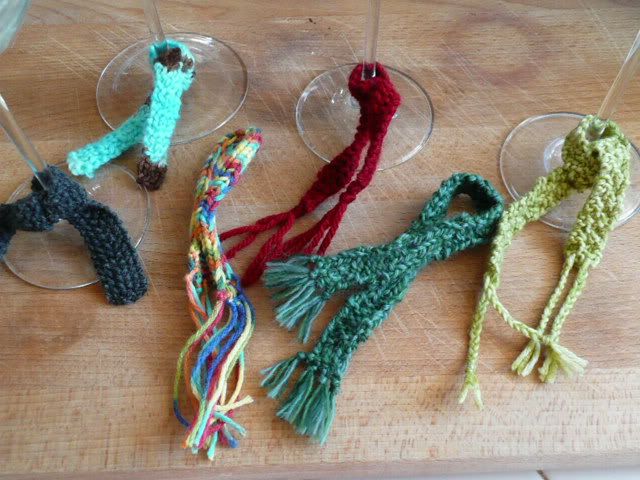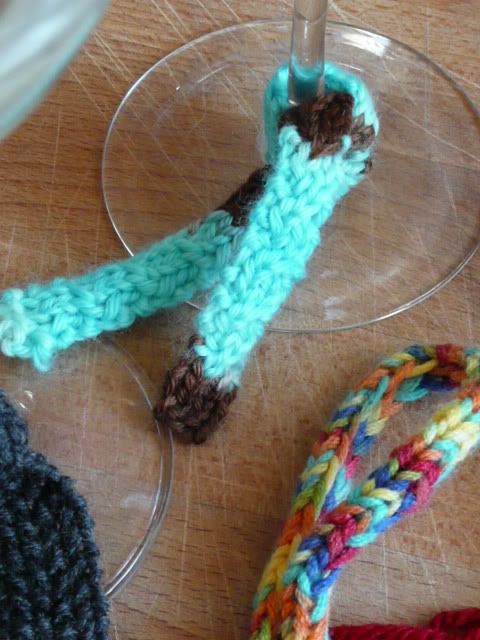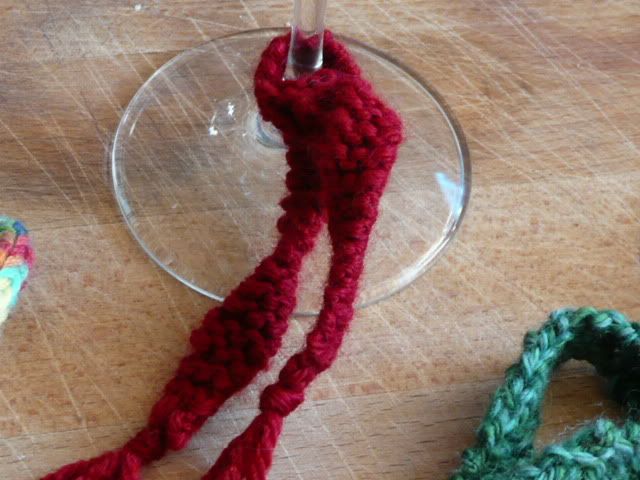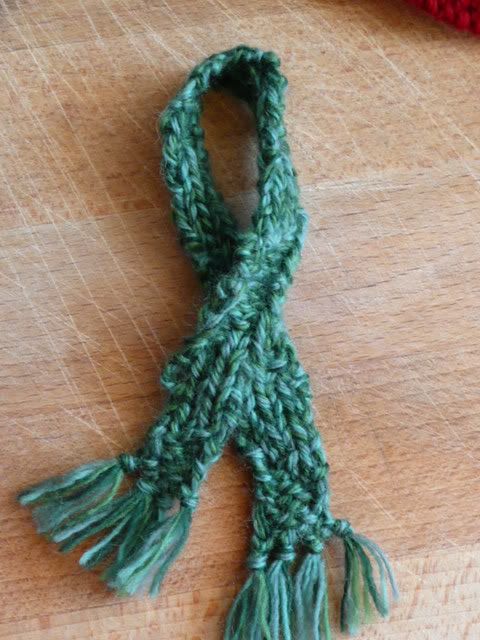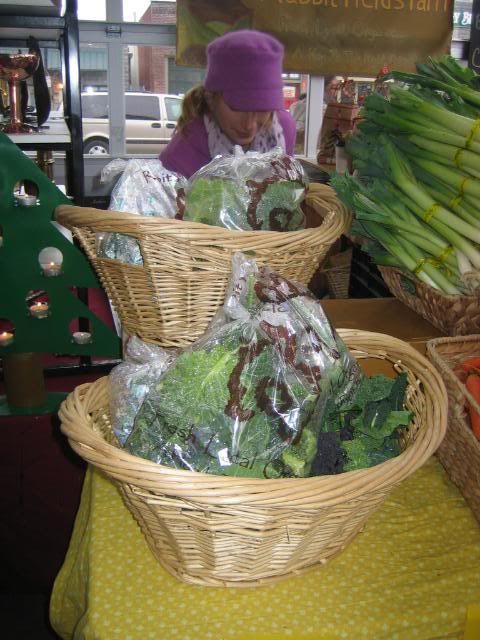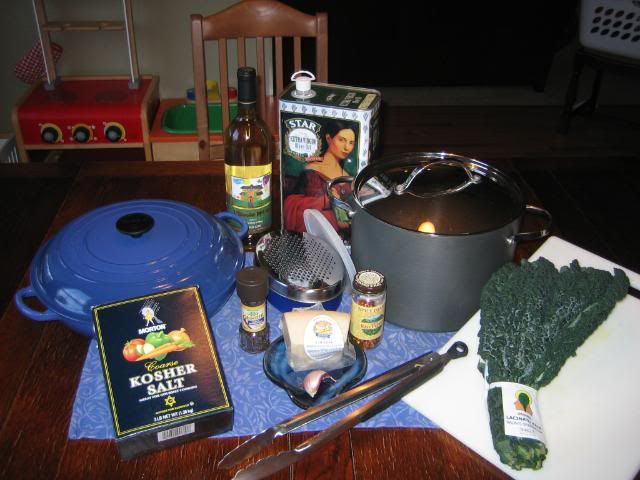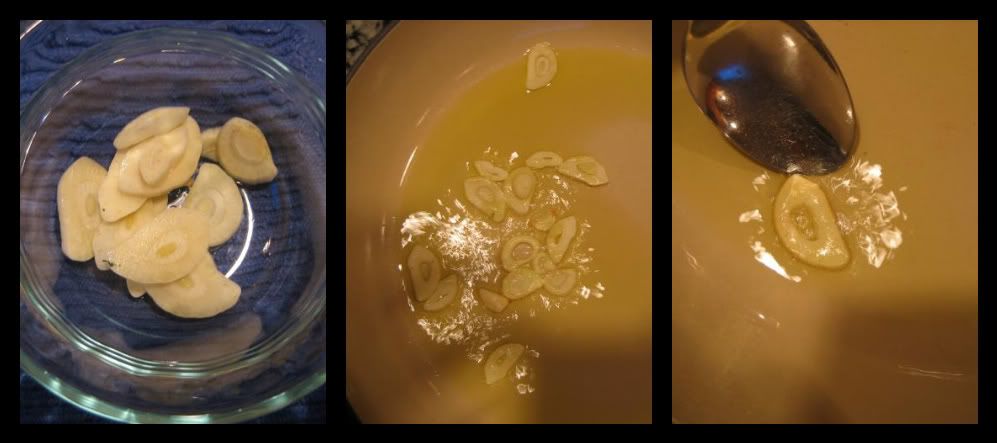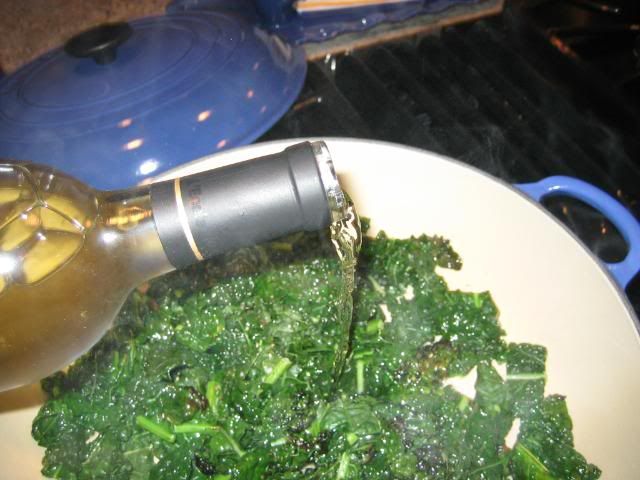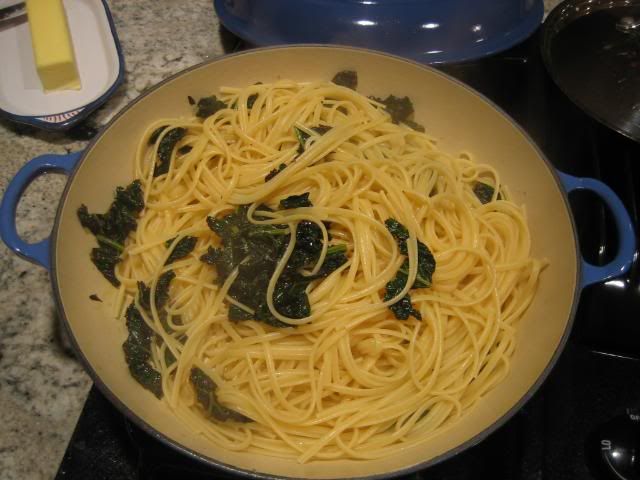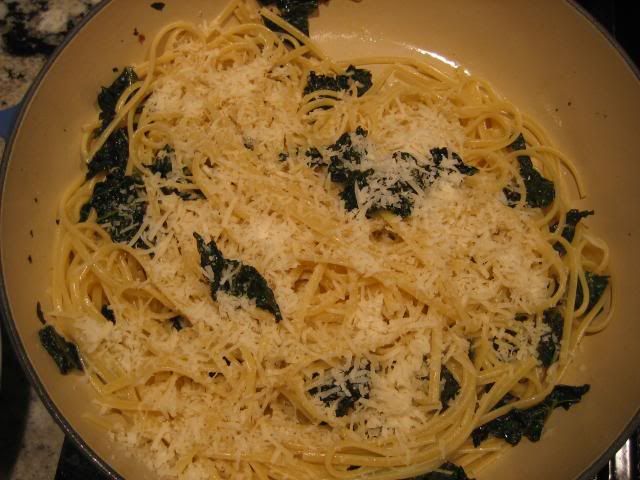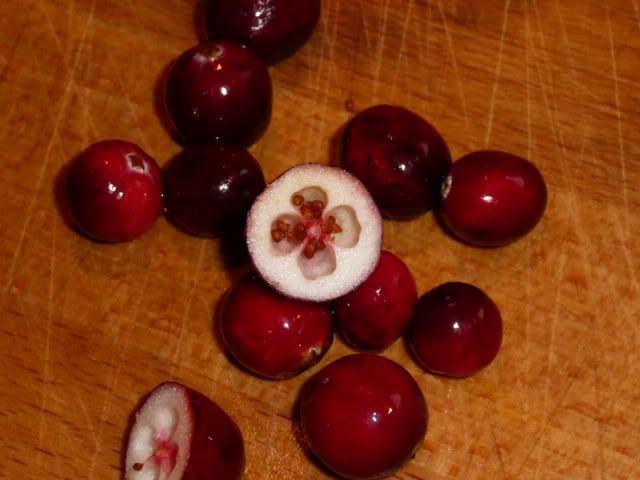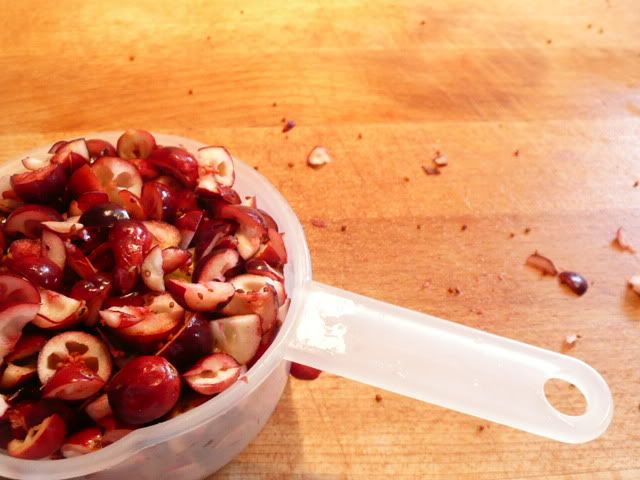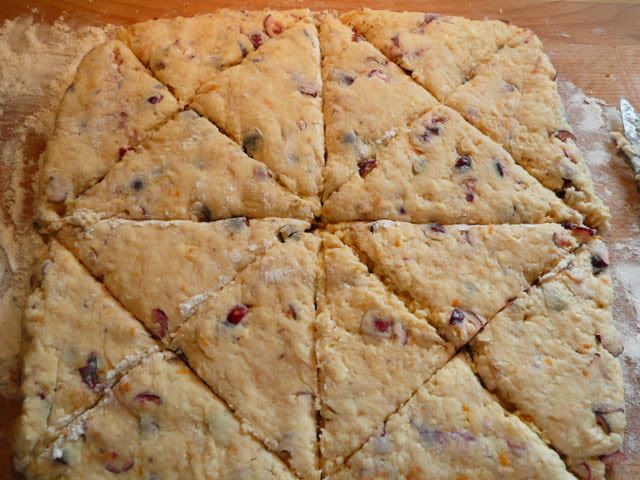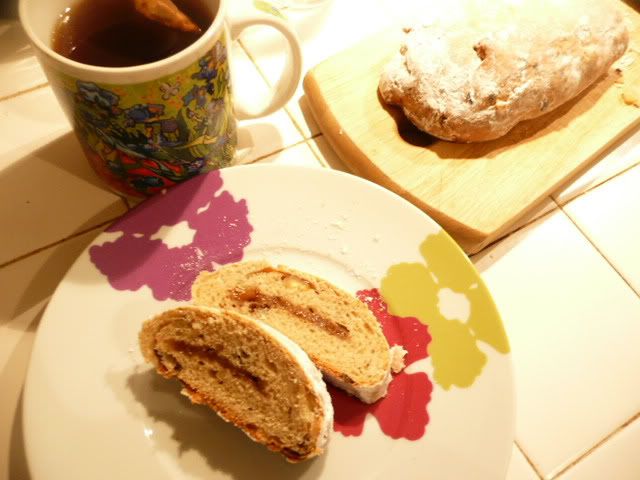
I based my bread this year on the epicurious.com recipe, which you can find here. I made a few changes, though. I wish I'd printed out and kept the recipe I used last year, because I think it was better. That'll teach me, eh? The recipe didn't blow my skirt up. I have listed at the bottom of this post how I changed the recipe.
Stollen is a yeast bread, so you start out by making a sponge. That's easy enough.
But back up a minute. This recipe didn't have any booze in it. Shame shame! I substituted currants for the raisins in the recipe and soaked them overnight in brandy. They plumped up and were pretty boozy by the next morning.
I saved the brandy rather than drink it (and boy, was I tempted!). It's a good thing I saved it because I wound up using it in a chicken liver pâté I made the very next day.
Another deviation from the traditional recipe was to use chopped hazelnuts instead of slivered almonds. I recently ran into my farmer buddy who sold me these nuts and I was feeling guilty for not having used them. So into the bread they went.
From here you mix...
...knead for 8-12 minutes...
...and let the dough rise for 2 hours.
This was another deviation from the epicurious recipe: I added a marzipan filling when I shaped the loaves and I made 8 small loaves instead of 2 big ones. The marzipan was a canned filling and I was surprised when I opened it that it was brown instead of white. Oops. Guess I bought the wrong kind. I think it was every bit as good, though.
Roll these puppies up and let them rise another 2 hours. This is a "hurry up and wait" recipe if ever there was one.
I finally got to bake them on day 2. I reduced the baking time to about 35 minutes and checked them with a thermometer (205 degrees is ideal) to make sure they didn't dry out.
After they cooled, I brushed them with butter and rolled them in powdered sugar. Doing so keeps them moist for a longer period of time and adds flavor.
My favorite way to have stollen is with tea.
My changes to the original recipe:
- Substitute currants for raisins.
- Soak currants overnight in brandy.
- Ditch the candied fruit - that's weird. Use candied lemon instead.
- Replace slivered almonds with chopped hazelnuts.
- Add a marzipan filling.
- After the bread is done and warm, but not hot, brush with melted butter and roll in powdered sugar.
